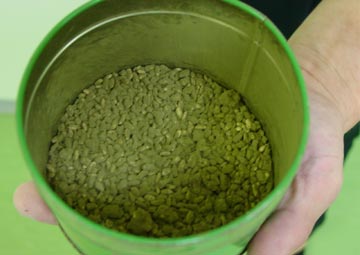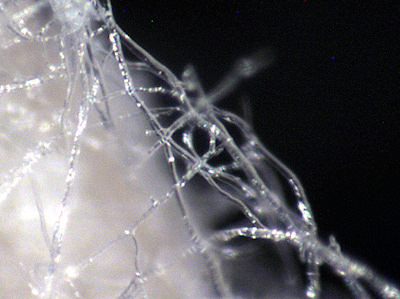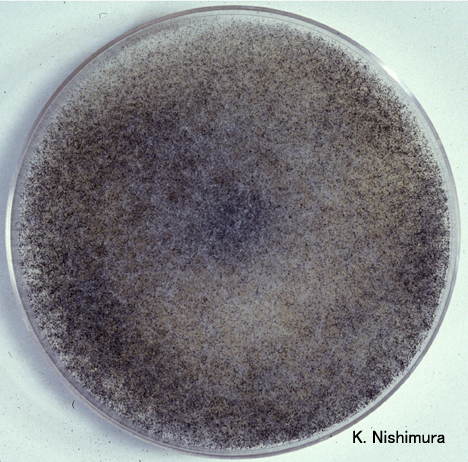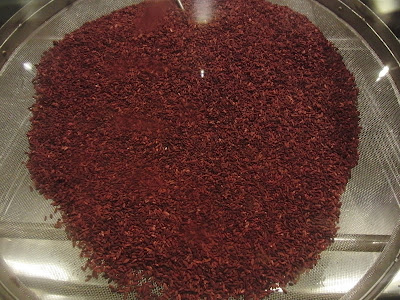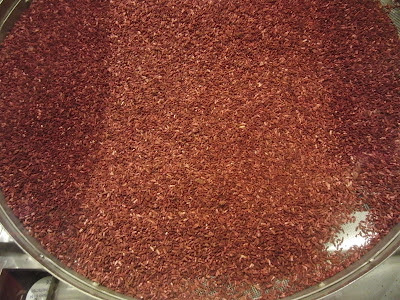Whether or not it ferments out to dry or not depends on the yeast. If your rice wine is already in the high teens percentage -wise, and you add a bunch of sugar, your yeast strain will only raise the alcohol up until it becomes a toxic level for it. You could end up with a sickeningly sweet mess.
Also, the rice wine is only good for a few weeks, they say, so the week or two waiting to ferment that sugar out, if it still could, might leave you with a really high alcohol un-drinkable experiment.
BUT.. I also realize that there's a lot of people that can't leave well enough alone. lol. It's like the engineers' moto at work seems to be, "If it ain't broke, screw with it until it is!"





